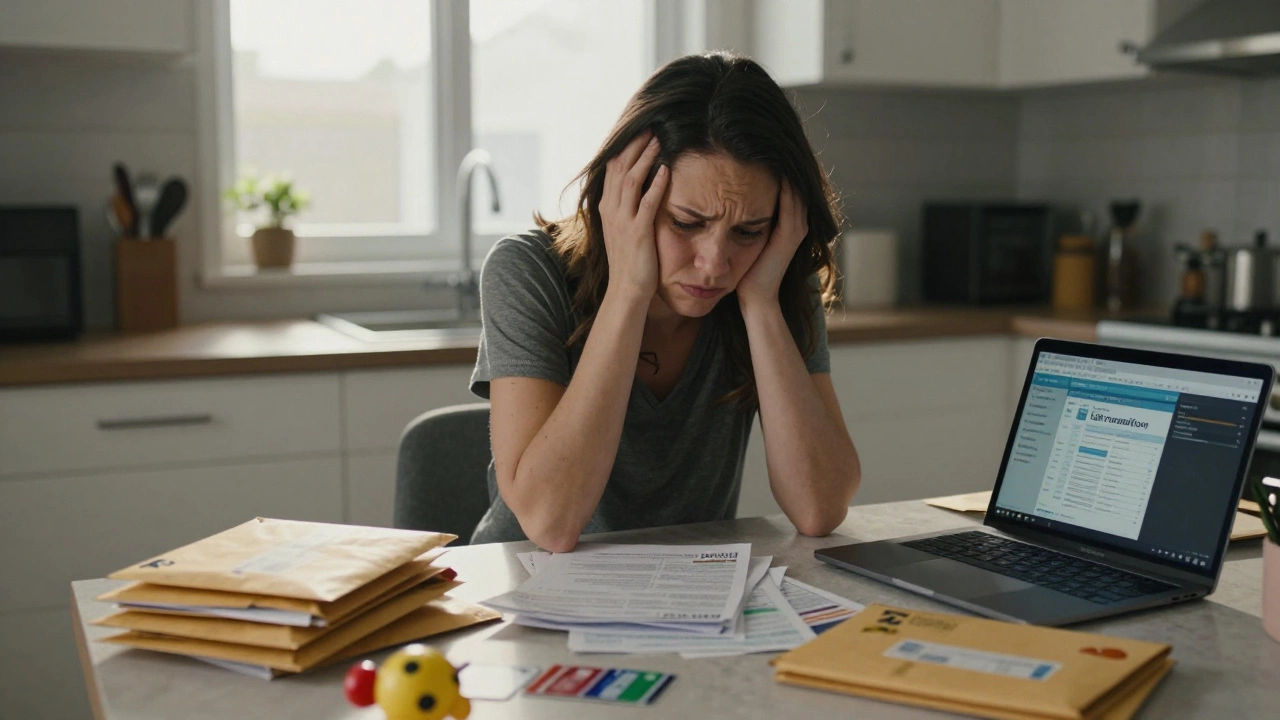Home Insurance Exclusions: What’s Not Covered and Why It Matters
When you buy home insurance, a contract that protects your house and belongings against specific types of damage. Also known as homeowners insurance, it’s meant to cover things like fire, theft, or storm damage—but it doesn’t cover everything. Many people assume their policy is a safety net for any problem that pops up, but that’s not true. home insurance exclusions, the list of damages or situations your policy won’t pay for are just as important as what’s included. Skip reading them, and you could be left paying thousands out of pocket after a claim.
Common exclusions include flood damage, earthquake damage, and wear and tear. If your basement floods because of a backed-up sewer line, most standard policies won’t cover it. Same goes for damage from a slow leak you ignored for months. Insurance companies don’t pay for problems you could have prevented. They also typically exclude damage from pests like termites, rodents, or mold that develops over time. Even if your roof collapses under snow, if it was already in bad shape, the insurer might say it was maintenance, not an accident. Then there’s intentional damage—like if you set fire to your own house to collect money. That’s fraud, not a claim.
Some exclusions depend on where you live. In coastal areas, windstorm damage might be excluded unless you buy a separate rider. In wildfire zones, insurers might limit coverage or raise premiums drastically. And if you run a home business, your regular policy won’t cover equipment or liability related to that work—you need a separate endorsement. Even things like high-value items like jewelry or art often have low coverage limits unless you schedule them separately. These aren’t loopholes—they’re risk management tools. Insurers know what’s likely to happen, and they price policies accordingly.
Understanding these gaps isn’t about being suspicious of your insurer. It’s about being smart. A home insurance claim, a formal request for payment after a covered loss only works if you’re covered in the first place. That’s why reviewing your policy every year matters. Did you add a pool? Renovate the kitchen? Buy expensive electronics? Your coverage might need updating. And if you live in an area prone to floods or wildfires, ask your agent about supplemental policies. Most people don’t realize they can buy separate flood insurance through the National Flood Insurance Program, even if they’re not in a high-risk zone.
It’s easy to think, "I’ve got insurance, I’m covered." But that mindset leads to bad surprises. The real power comes from knowing exactly what’s not covered—and taking steps to fix it before disaster hits. The posts below break down real cases where people thought they were protected, only to find out too late. You’ll see how common exclusions trip people up, what you can do to fill the gaps, and how to talk to your insurer without sounding like you’re arguing. This isn’t theory. It’s what happens when people skip the fine print—and how to make sure it doesn’t happen to you.

Does Home Insurance Cover 100%? What’s Really Included and What’s Left Out
Home insurance rarely covers 100% of losses. Learn what’s actually included, common exclusions like floods and wear and tear, and how to avoid being underinsured so you’re truly protected.





